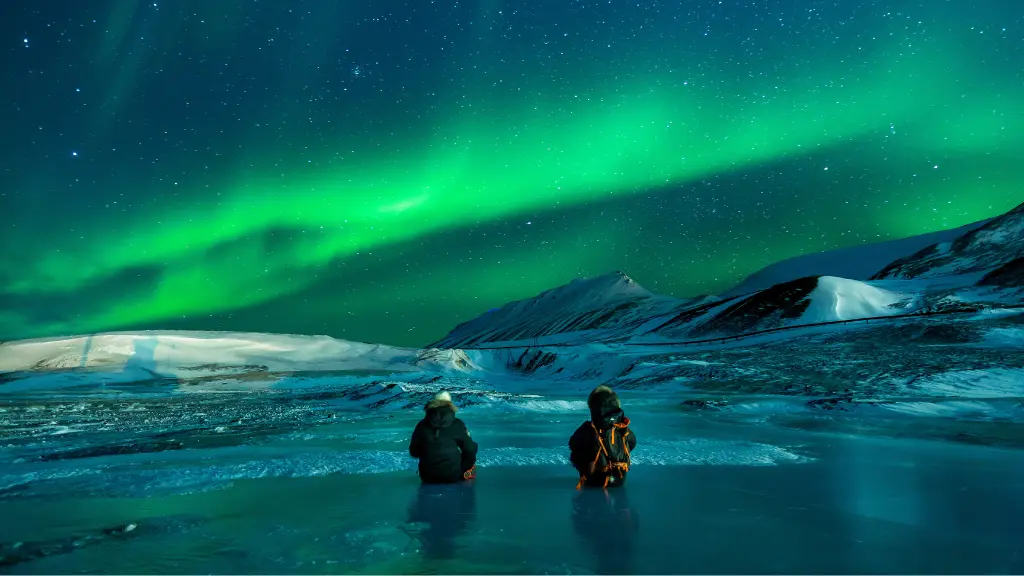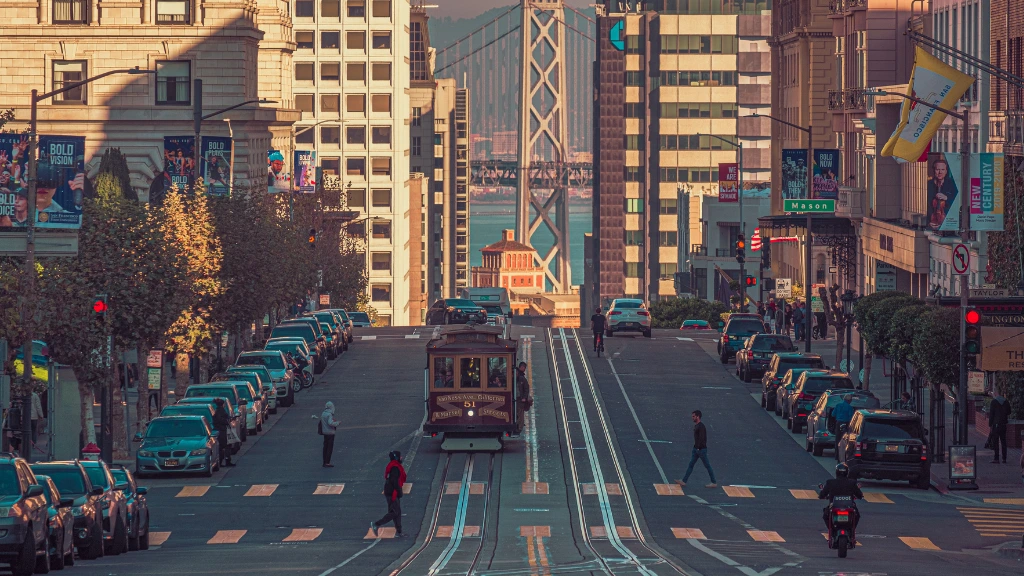The Northern Lights, or aurora borealis, are one of nature’s most spectacular phenomena, a breathtaking dance of vibrant colors lighting up the Arctic sky. This natural wonder attracts travelers from around the globe, eager to witness the shimmering greens, purples, and reds that seem to flow across the horizon. However, catching a glimpse of the Northern Lights can be elusive. Here’s how to maximize your chances of experiencing this magical display during your Arctic adventure.
You May Also Like: The Perfect New England Fall Foliage Road Trip: A Journey Through Autumn’s Magic
1. Choose the Right Location
Location is critical when it comes to viewing the Northern Lights. Certain places are known for their better visibility and frequency of auroras. Consider these prime locations:
- Tromsø, Norway: Often referred to as the “Gateway to the Arctic,” Tromsø is situated in the middle of the auroral oval, making it a prime spot for Northern Lights viewing.
- Reykjavik, Iceland: This vibrant city offers easy access to dark skies and various tour options to chase the lights.
- Fairbanks, Alaska: Known for its clear skies, Fairbanks is one of the best places in the U.S. to see the aurora, with a dedicated aurora viewing lodge.
- Yellowknife, Canada: Located in the Northwest Territories, Yellowknife boasts some of the clearest skies and the longest aurora season in North America.
- Rovaniemi, Finland: The capital of Lapland, Rovaniemi, offers both urban and natural environments to view the auroras.
2. Time Your Visit Wisely
The timing of your trip plays a crucial role in your chances of witnessing the Northern Lights. Here are some factors to consider:
- Season: The best time to see the Northern Lights is typically between late September and early April, with the peak season around December to March. During these months, nights are long and dark, increasing your chances of sightings.
- Moon Phase: A full moon can outshine the auroras, making them harder to see. Check the lunar calendar and plan your trip during a new moon or when the moon is less than half full for optimal viewing conditions.
- Solar Activity: The auroras are caused by solar wind interacting with Earth’s magnetic field. Monitoring solar activity can help you predict potential aurora displays. Websites and apps provide real-time updates on solar storms and aurora forecasts.
3. Find Dark, Clear Skies
Light pollution is the enemy of aurora viewing. To maximize your chances:
- Escape Urban Areas: Head away from city lights to find darker skies. This may involve renting a car or joining a guided tour that takes you to prime viewing spots.
- Check the Weather: Clear skies are essential for seeing the Northern Lights. Keep an eye on weather forecasts to avoid cloudy nights. Websites and apps provide real-time weather updates, helping you plan your outings effectively.
- Be Patient: Sometimes, the auroras can be faint or sporadic. Spend some time in dark areas, and be prepared to wait. Bring along some hot drinks and snacks to make the experience more comfortable while you wait for the lights to appear.
4. Dress Appropriately
The Arctic can be extremely cold, especially at night. Proper clothing will ensure you remain comfortable while waiting for the auroras to grace the sky:
- Layering is Key: Wear thermal layers to trap heat. Start with a moisture-wicking base layer, add an insulating layer, and finish with a waterproof and windproof outer layer.
- Accessories Matter: Don’t forget warm gloves, hats, and thermal socks. Hand warmers can also be a great addition to keep your fingers cozy.
- Footwear: Invest in insulated, waterproof boots to keep your feet warm and dry.
5. Capture the Moment
If you’re eager to take stunning photographs of the Northern Lights, preparation is essential:
- Bring a Good Camera: A DSLR or mirrorless camera with manual settings will allow you to adjust the exposure for better results.
- Tripod: A sturdy tripod is necessary for long-exposure shots to avoid camera shake.
- Practice Settings: Familiarize yourself with the camera settings before your trip. A good starting point is an ISO of 800-1600, a wide aperture (f/2.8 or wider), and an exposure time of 15-30 seconds.
- Post-Processing: After your trip, use photo editing software to enhance your images. This can help bring out the vibrant colors of the auroras.
6. Join Guided Tours
If you’re uncertain about navigating the Arctic alone, consider joining a guided tour. These tours offer several advantages:
- Local Knowledge: Guides are familiar with the best viewing spots and can help you navigate the landscape and weather conditions.
- Equipment: Many tours provide photography equipment and tips, ensuring you get the best possible shots of the Northern Lights.
- Transportation: Guided tours often include transportation to remote locations, making it easier to escape light pollution.
7. Stay Flexible
Flexibility can greatly increase your chances of witnessing the Northern Lights:
- Multiple Nights: Plan to stay for several nights to increase your chances. The auroras can be unpredictable, and a longer trip gives you more opportunities.
- Adjust Your Plans: Be willing to change your plans based on weather conditions and aurora forecasts. Sometimes, heading out at a moment’s notice can lead to the best experiences.
8. Enjoy the Experience
Lastly, while the Northern Lights are a breathtaking spectacle, remember to enjoy the overall experience of being in the Arctic:
- Explore the Area: Engage in other activities, such as dog sledding, snowshoeing, or visiting local cultural sites.
- Connect with Nature: Take the time to appreciate the beauty of the Arctic landscape, the quietness of the snow, and the thrill of adventure.
- Share the Moment: Whether you’re with friends or family, sharing the experience of watching the Northern Lights can create lasting memories.
Conclusion
Seeing the Northern Lights is a once-in-a-lifetime experience that requires a bit of planning and luck. By choosing the right location, timing your visit, and preparing appropriately, you can significantly increase your chances of witnessing this magical phenomenon.
With patience, flexibility, and a spirit of adventure, you’ll not only maximize your chances of seeing the aurora borealis but also create unforgettable memories in the stunning Arctic wilderness. So pack your bags, grab your camera, and get ready for an incredible journey under the dancing lights of the North!
4o mini










